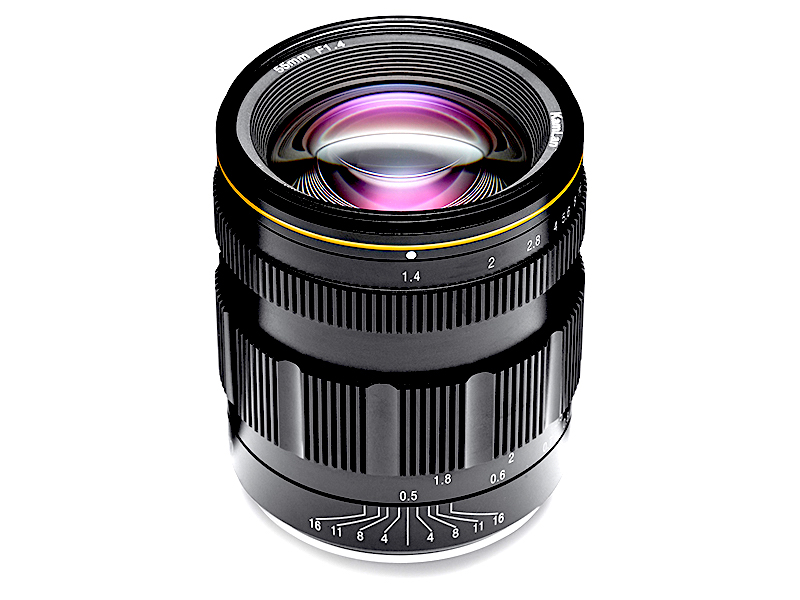

Imagine looking through a viewfinder that’s less than half an inch in size on a camera that’s about the size of a smartphone. For example, while most point-and-shoots nowadays have features like an electronic viewfinder and a shooting mode dial, much like mirrorless cameras, utilising those features might prove to be a bit hard for some people. That can be a bit of a double-edged sword, however. This makes them extremely portable, and ideal for certain situations like travelling light and taking quick snapshots. In fact, you can slip some of them into your dress or jeans pocket. That’s without mentioning the added space and weight from their lenses.Ĭompact point-and-shoots are often pocket-sized and have a built-in retractable lens. However, because they do have larger sensors and more advanced features, it’s harder for them to get down to the size of typical point-and-shoots.
FULL FRAME VS MIRRORLESS PORTABLE
Mirrorless cameras have been designed to be sleeker, lighter, and more portable than DSLR and traditional medium format cameras. The one advantage that compact point-and-shoots do have over mirrorless cameras is their compactness. (Image credit: Canon) Compact camera vs mirrorless: Size, design and handling
FULL FRAME VS MIRRORLESS UPGRADE
If, later on, you’d like to have a bit more flexibility in your creative exposures, you’re going to have to upgrade to a different camera. You might not be able to zoom as much, and you might not have a wide aperture available at a certain focal length. Creatively speaking, you are a lot more limited as to the type of exposures you can take. With point-and-shoots, you’re stuck with the same lens, which means that you also only have that lens’ focal length, zoom range, and available apertures at your disposal. Even if you don’t have the budget for additional lenses now, you can always save up for it and make the investment later on. That is if you’re willing to spend money on additional lenses. If you like taking landscape photos, you might want a wide-angle lens with a range of aperture settings.Īll these and more can be at your disposal because camera manufacturers usually make sure that every type of lens is available for each system or lens mount. If you’re more of a wildlife photographer, you can invest in a 200–500mm telephoto lens. If you want to take portraits with creamy bokeh, for example, you can get a 50mm or an 85mm compatible lens with a wide aperture. Since they’re built to be compatible with a host of lenses – some like the Canon EOS R/RP and Nikon Z6/Z7 cameras were even designed to be compatible with most lenses in their respective manufacturer’s lens catalogue thanks to their own lens adapters – you can have several different focal lengths and apertures at your disposal. Why does this matter to users? Interchangeable lens systems are more versatile and essentially widen your creative reach. However, most point-and-shoots do not have detachable lenses while most mirrorless cameras do. Some mirrorless cameras, like the Fujifilm X100V and the Ricoh GR III, are fixed-lens systems. Unlike point-and-shoots, which often have a fixed lens, mirrorless options tend to be interchangeable lens cameras.


In fact, without looking at the sensors, this is the quickest way to tell whether or not a camera is a compact point-and-shoot or a mirrorless system. You don’t have to adjust your aperture or shutter speed or change lenses. There’s a reason why compact point-and-shoot cameras are called that – because all you need to do really is to point and shoot. (Image credit: Fujifilm) Compact camera vs mirrorless: Lenses


 0 kommentar(er)
0 kommentar(er)
